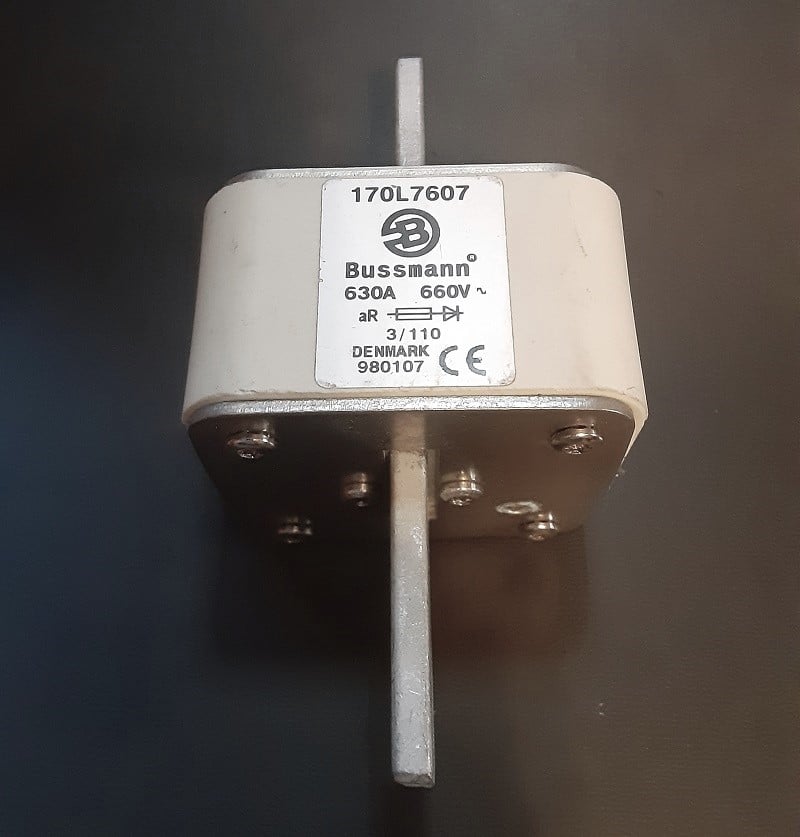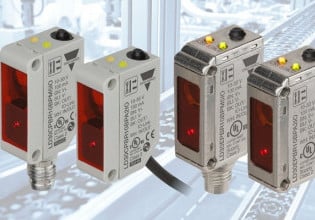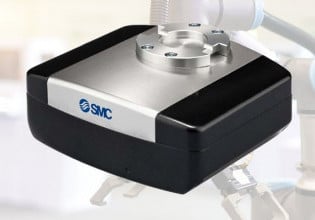What is a Fuse? The Skinny On Overcurrent Protection
Protecting equipment and personnel from overcurrent dangers, like sparks and fires, is the primary job of the humble fuse, one of the most basic, yet critical of all safety devices.
Fuses protect electrical devices and can be found in many different electrical cabinets and applications, from tiny PCB applications to massive motor control circuits. Follow along for a deep dive into fuses and learn how to choose the right size for your application.
Circuit Protection
Within any electrical circuit, there must be methods in place to protect devices within the circuit, preventing the system from burning down. Excessive load on the electrical system or short circuits are common results of a failed device. These failures can cause serious property damage, or even death if the circuit is not properly protected.
What are Fuses?
A fuse is one of the two most common forms of circuit protection, the other being circuit breakers. Fuses are usually the most economical and simplest of the two methods to implement.

Figure 1. Industrial fuses are usually stored inside plastic holders mounted on cabinets or DIN rail strips. Image used courtesy of the Control Automation engineering team
Fuses come in all shapes and sizes, but industrial fuses are typically cylindrically shaped with a metal strip or a thin wire of a specific size, designed to melt when a rated current passes through the fuse. When the metal melts, the circuit is broken and no further electrical connection is made. Unlike resettable circuit breakers, once the fuse is blown, it can no longer be used and will need to be replaced with a new fuse of the same current rating.
Fuse Current and Voltage Ratings
There are several different ratings of fuses for different applications.
The primary rating of a fuse is current, which states the maximum amount of electrical flow that a fuse can withstand before the metal strip melts. This rating will be printed, stamped, or engraved clearly on the outside of the fuse and is expressed in Amperage (A or mA).
There will also be a voltage rating listed alongside the current rating. The application must be less than the voltage rating on the fuse. For example, a 5 A fuse rated at 600 V can be used in a 220 VAC circuit to protect a device that is designed to draw less than 5 A.

Figure 2. A classic illustration of the relationship between voltage and current. Image used courtesy of Adobe Stock
Why Not Just Current?
Voltage and current go hand-in-hand in electrical circuits; you can’t have one without the other. Voltage is the force that pushes the current, and it can cause electricity to jump, or arc, across an air gap if the voltage is strong enough.
The voltage rating on the fuse refers to the maximum amount of voltage that would prevent arcing once the fuse blows in an overcurrent situation. If the fuse were to arc, the circuit would still be active and a fire could occur within the electrical cabinet.

Figure 3. A large fuse with blade-style connections, this one is rated for 630 amps. Image used courtesy of the Control Automation engineering team
Fuse Class Ratings
The rating of a fuse helps technicians and designers identify the maximum capacity of an individual fuse, a class is meant to group fuses by their intended application categories.
For example, a Class L fuse supports voltages up to 600 volts, current ratings from 601 - 6000 amps, is a time-delay fuse, and can work with AC or DC circuits. Class L fuses are commonly used in three-phase supply disconnects.
A common class is the Class CC which has a maximum of 600 volts AC, can be time-delay or fast-acting, and has a current limiting range of 0 - 30 amps. The CC class is often used in control cabinets for devices and inductive loads.
For DC circuits, the Class T has ratings of 125 and 300 volts DC, only available in fast-acting, and will range from 0 - 1200 amps.
Fuse Function
The overall function of all fuses is to protect devices during an overcurrent situation but the actual method of internal operation depends on the type of fuse.
The fuse characteristics will determine how the fuse will break the circuit. The most common types are time-delay and fast-acting. A time-delay fuse will allow the circuit to overcurrent for a specific amount of time before the fuse blows, whereas a fast-acting fuse will blow as quickly as possible when the current goes over the rated maximum.
The amount of overcurrent and the amount of time the fuse can survive in overcurrent will depend on the fuse class and manufacturer. For example, the SC15 Class G fuse has a 200% rating for 12 seconds. Another example is the LPJ5SP, a Class J fuse, which can withstand 10 seconds of 500% overcurrent.
The fuse function will be printed on the label as D, TD, or Time Delay. Some classes will have both time-delay and fast-acting options, or they might only have a faster action, or just time-delay alone.

Figure 4. A very large fuse (725 amp rating) with threaded posts for mounting. Image used courtesy of the Control Automation engineering team
Fuse Holder
Since fuses are not resettable and must be replaced, each fuse requires a fuse holder. Depending on the circuit you are trying to protect (DC, single phase, 3-phase, etc.), you might need a single, double, or triple fuse holder. Double and triple fuse blocks are pinned together so that if you open one fuse door, all the doors open.
Each holder is designed for specific fuse models, so you must ensure the proper fuse is used with the holder. Some fuse holders will have an indicator light to show when a fuse is blown. Some fuse holders, often for large fuses, require the fuses to be bolted into the holder.
Fuse Selection
Now that we understand the different kinds of fuses, we can make an informed decision on which type of fuse we need for our application. First, we need to know about the devices we are protecting. There are three main categories when we're analyzing our circuit,
1. Are you protecting motors (inductive), or is the circuit pure resistance?
2. Are you looking for branch protection or supply protection?
3. Which voltage category is your circuit in, low voltage (<600 Volts) or high voltage?
If your system is in the low voltage category and you are protecting AC components in a branch configuration, then the class CC and CD fuses will work quite well. They are offered in time delay for inductive loads and fast-acting for resistive loads.
To determine the rating required, simply find the maximum electrical load within the branch circuit and multiply it by 125% (or multiply by 1.25). Some regulations will use different formulas for selecting fuse ratings, so always consult your local electrical code, but as a general rule of thumb, don’t exceed more than 1.5 times the maximum current draw of the circuit.
If you are selecting a fuse for an inductive load (such as a motor) or a load that has a high inrush current, you investigate a fuse class that has a time-delay function appropriate for your device's peak current draw and expected inrush time.






